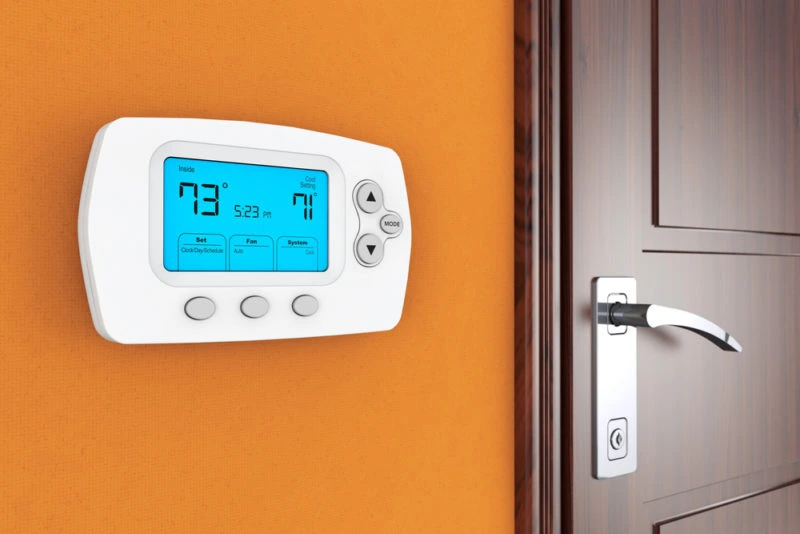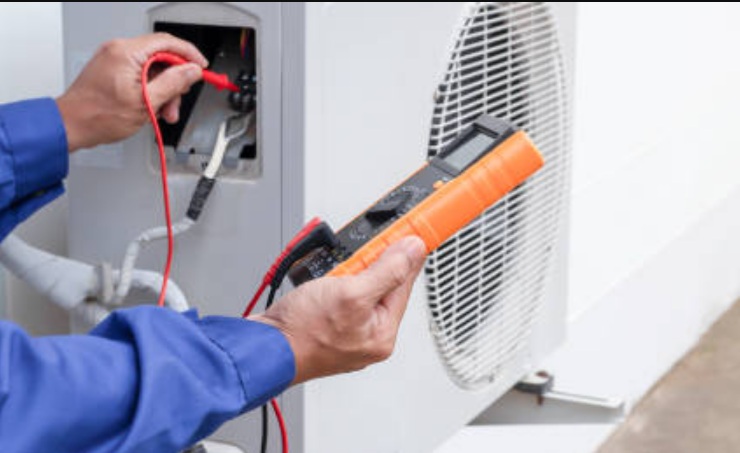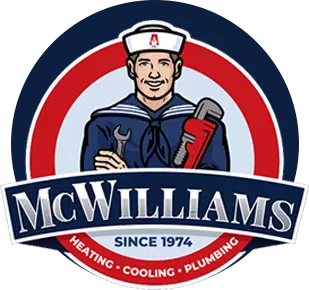Blog
Introduction
Keeping your Centralia, Texas, home comfortable can be challenging, especially when the temperature and humidity level starts to change. If your HVAC system isn’t keeping up with the needs of your household, your thermostat could be to blame. Replacing the thermostat is a cost-effective option, but you’ll need to make sure the new unit is compatible with your system.
Look At The System Type
The first thing to look at is the type of HVAC system you have in your home. The four main types of heating systems include gas, oil-fired, heat pump, and electric. Gas furnaces are common in residential properties, but you may have a different type of system so it’s important to check before you invest in a new thermostat. The next step is determining the voltage. Low-voltage systems work with most thermostat types, but high-voltage or direct-line systems need specific thermostats to work properly.
One Stage vs. Two Stage
In your review of the heating and cooling system in your home, you may notice the terms “one stage” and “two stage.” With a one-stage HVAC system, the units either work at full capacity or they’re not operating at all, while a two-stage can operate at both low and high speeds.
Choosing A Thermostat
When you have the information you need about your HVAC system, you can start shopping around for a new thermostat. It’s best to leave the installation process to a certified HVAC technician, as it’s never smart for a homeowner to start poking around within the furnace or AC unit. You may also get better pricing on a new thermostat, such as a smart unit that connects to Wi-Fi and tracks usage for improved energy efficiency by going through a company that gets volume discounts.
Before you invest any money in a new thermostat, give us a call at McWilliams Heating, Cooling and Plumbing at (877) 936-1974 to find out about HVAC compatibility and thermostat pricing.
Image provided by Shutterstock
Share This :
Emily
Table of Contents
Discover New Blog Posts
Understanding the role of an HVAC contractor is key to making informed decisions about your home’s heating and cooling needs. HVAC contractors are specialized professionals […]
Air conditioning systems are essential for maintaining a comfortable living environment, especially. The Texas heat can be relentless, making a well-functioning AC unit important for […]
Heat pumps are critical components of modern heating and cooling systems. When they malfunction, it can disrupt your home’s comfort and efficiency. Understanding how our […]








